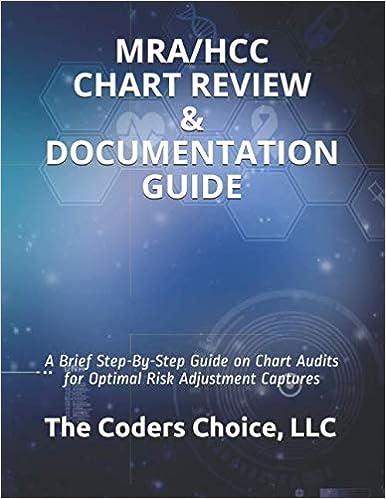Question
Family Supermarkets has decided to increase the size of its Lansing store. It wants information about the profitability of its individual product lines: meats, fresh
Family Supermarkets has decided to increase the size of its Lansing store. It wants information about the profitability of its individual product lines: meats, fresh produce, and packaged food. The following data is for the year 2017 for each product line:
| Meats | Fresh Produce | Packaged Foods | |
| Revenue | $790,000 | $840,000 | $460,000 |
| Cost of goods sold | $590,000 | $600,000 | $340,000 |
| purchase orders | 276 | 315 | 126 |
| hours of stocking shelves | 204 | 2,021 | 1,067 |
| items sold | 311,000 | 443,000 | 131,000 |
The Company also provides the following information for 2017 for its three support activities:
| Support Activity | Budgeted Cost | Cost Driver |
| Ordering | $109,000 | purchase orders |
| Shelf stocking | $77,000 | hours of stocking shelves |
| Customer support | $154,000 | items sold |
REQUIRED [ROUND ALL OVERHEAD RATES TO TWO DECIMAL PLACES AND ALL ALLOCATIONS TO THE NEAREST DOLLAR.] Part A (5 tries; 5 points) Family Supermarkets currently uses a single-driver system to allocate period costs to its product lines. The single driver that is used is the Cost of Goods Sold for each product line. Using this system, compute the allocation to Fresh Produce.
|
|
Part B (5 tries; 5 points) If Family Supermarkets instead used an activity-based costing system to allocate period costs, with the cost pools and cost drivers listed in the tables above, how much would be allocated to Meats?
Step by Step Solution
There are 3 Steps involved in it
Step: 1

Get Instant Access to Expert-Tailored Solutions
See step-by-step solutions with expert insights and AI powered tools for academic success
Step: 2

Step: 3

Ace Your Homework with AI
Get the answers you need in no time with our AI-driven, step-by-step assistance
Get Started


